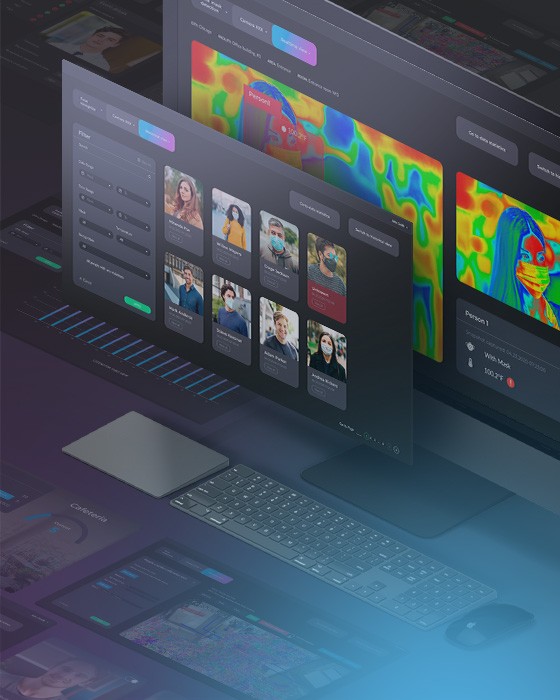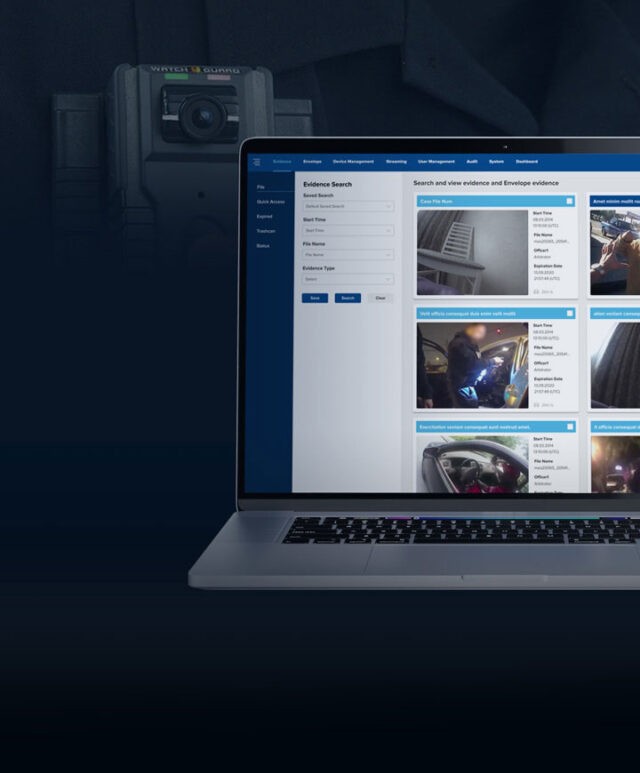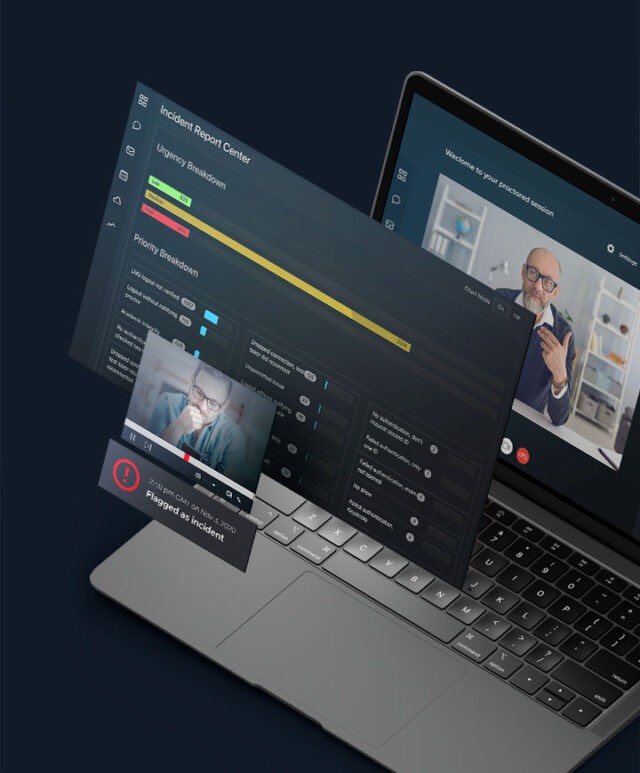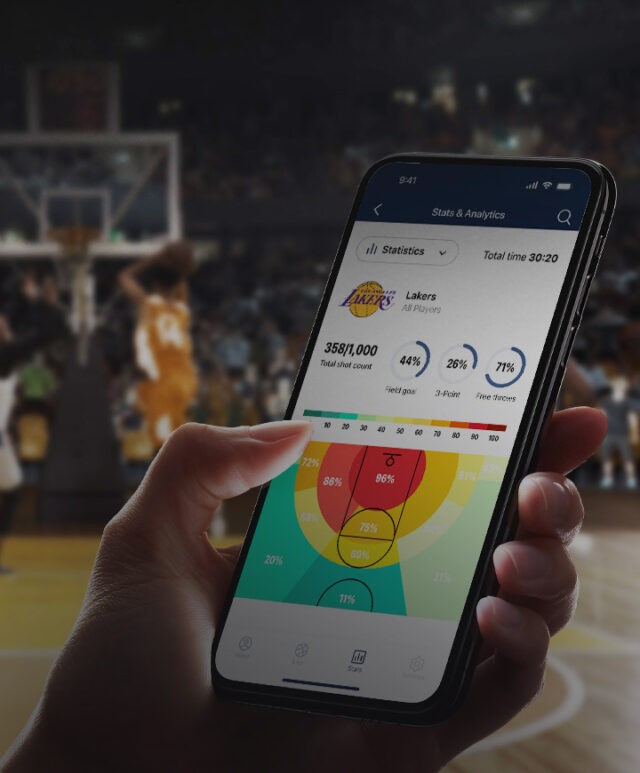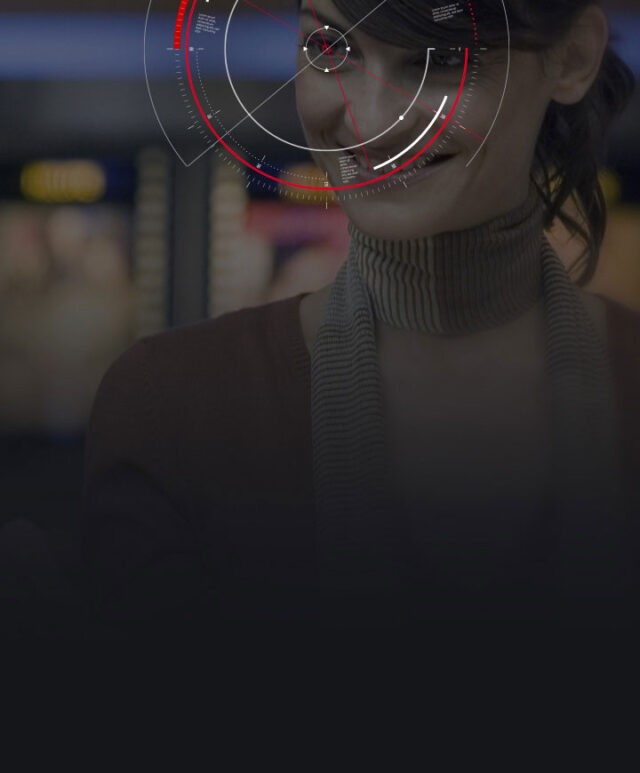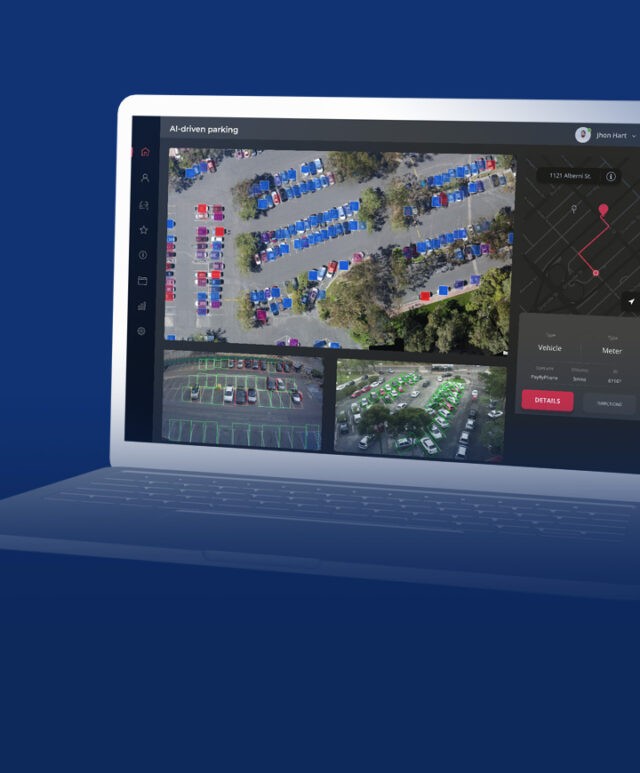How many ad blocks are there on one ad page?
A neural network detects all individual ads on the page and a cropping tool allows dividing one page into separate pieces of advertising.
What’s each offer about?
After cropping, the solution dives into the ad details. Text detection and recognition algorithms identify all key messages, including a brand, price, volume, type of the product, etc.
What’s the offer type?
It’s time for a neural network to classify the offers according to their type. Where are the “Buy one, get one” offers? What about the “X for…” option? The system finds them all and generates the Offer Table.
The solution was expected to process about 20,000 ad blocks daily. Given the fact that in some cases, only manual methods succeeded to identify the offer type, automation should make up at least 80% of all processing cases, with a text recognition accuracy close to 100%.













